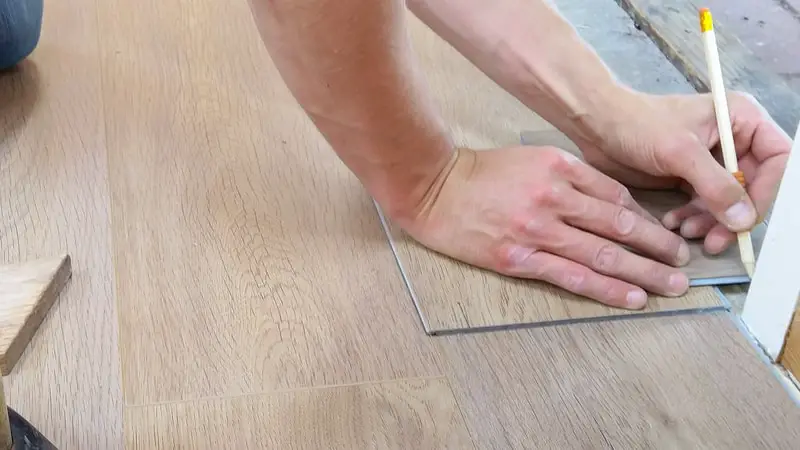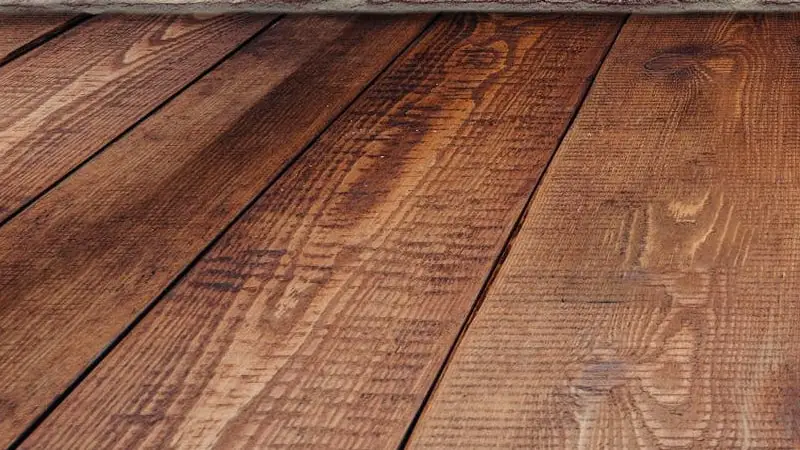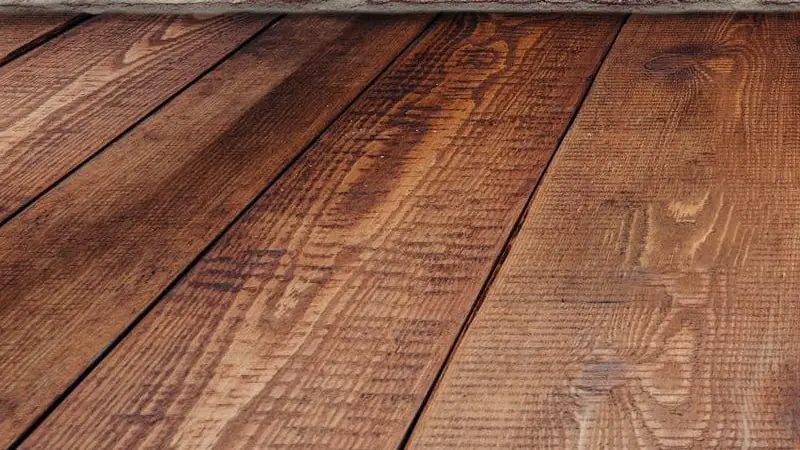Have you recently moved into an apartment and noticed uneven floors? These floors are discomforting and make it difficult to easily set up the furniture. In this case, you have to look for the best way to compensate for these floors.
Repairing your foundation is the first step to compensating for uneven floors. Other methods to fix your floors include shim installation, replacing the floor joist, applying a self-leveling compound, and replacing the subfloor.
If you’re living in a house with uneven floors, keep reading to find the best methods to fix your floors.
What are the Causes of Uneven floors?

Uneven floors are floors that slope, sag, bounce, or buckle. Sloping floors are typical in houses that are close to 20 years. There are three main causes of uneven floors.
Excessive moisture
In most cases, water damage or excessive dampness is the root cause of uneven floors. Wooden floors and subflooring, which serve as the foundation in most homes, are vulnerable to excessive moisture. There are various ways for water to seep into your home, including leaking pipes or encroaching groundwater, causing havoc on your floors and furniture.
Foundational Problems
The wrong foundational structure could cause sloping floors. This problem is the most expensive to fix as you would have to start the flooring again. Moreover, a weakened foundation poses a severe threat to the house, resulting in floor fractures or fissures.
Apart from foundation, structural damage can also lead to uneven floors. This happens when there are issues with bearing walls, floor or roof framing, or beams.
Floors that are bouncy, stuck windows and doors, and sloping floors are all red flags that indicate a structural problem in a property. You should see a professional or a contractor to determine the extent of the damage once you have discovered any structural or foundation issues.
Movement of the Ground
It is an established fact thar the ground changes after a long time. Though the difference might not be significant, it could cause a foundational shift. Homebuilders must compact the soil beneath their foundations to prevent the building from shifting much over time.
Uneven flooring could also indicate a larger, previously unidentified problem with the house. As soon as you see that the flooring in your potential new home is buckling, you should contact an inspector to establish the root of the problem.
How Do You Fix an Uneven Floor?

There are several ways to fix uneven floors which I explained below.
Repair the Foundation
You should inspect your foundation for structural difficulties, like cracks or sinking. However, you can only do this before you build. If you moved into a house with uneven floors, you need to speak to a contractor to get the best solution for your problem.
Even if you have a good idea of flooring, do not solve this problem yourself as it may only complicate this further.
Install Shims
Shims can be placed between the sub-floor and the joist to provide additional support. The shims will help level the floors, especially a structural problem. When you are sure that the floor is level, nail the sub-floor into the joists through the shim you used to create the balance.
Replace the Floor Joists with New Ones
Examine your floor joist and ensure they are still in good shape. A floor joist that is too weak or of low quality will not support a sub-floor properly. If you see any indicators of a malfunctioning joint, replace them with new ones.
You must get a strong floor joist that can serve your aim. This is because weaker ones will wear out with time, causing you to change them frequently.
Use a Self-Leveling Compound
This method is best if you have uneven steps. Before applying the compound, you must use a primer to the sub-floor, which will aid the compound to stay better.
After the primer dries, apply the self-leveling product. It’s best to start from the bottom of the steps. Spread the compound uniformly to create a flat and level surface. Afterward, wait for the compound to dry before walking on the surface.
Check the surfaces after it has dried to ensure they are even.
Replace the Subfloor
Look for any evidence of drooping or deterioration in the subfloor’s structure. If you discover any damaged parts, do not patch but replace them. You can also use a vapor barrier to keep moisture from getting into the house.
How Do You Hide Uneven Floors?

You would naturally want to conceal anything that makes your home unattractive, and uneven floors make the top of the list. Fortunately, there are several ways to hide this minor flaw.
A good pattern change would distract your visitors from seeing any problem unless they take a closer look. Better still, use layer rugs.
Layer rugs do the perfect job of concealing uneven spots. They are also fascinating decorations that add a classic feel to your living space. You can change these rugs once in a few months to make your space look different.
Built-ins also serve the purpose of concealing uneven flaws. You can build a bookshelf that holds books and takes enough floor space. This method is only advisable if your floor’s imperfections are not severe.
Frequently Asked Questions
Can You Level an Uneven Floor?
You can level an uneven floor by adjusting the joist and shims. Adjustments might be difficult and costly, but they are essential for a balanced house. It is also more difficult but not impossible to fix foundational problems.
What Does It Cost to Level a Floor?
Floor leveling can range from as little a $2 per square foot to $30 per square foot, depending on what you want. If you desire a more classic finish and many coats, the price will increase in proportion to your requirements. A less expensive option is a new hardwood or laminate floor instead of a complex installation.
The labor price will also vary depending on the floor. However, prices should not discourage as new floor installations are safer and more durable.
Can You Tile an Uneven Floor?
You can tile an uneven floor, but it will be a difficult job. It will be challenging to do a neat job resulting in the “lip” condition where some tiles are higher than others. Tiles will not also last on these floors as they can easily break or loose.

